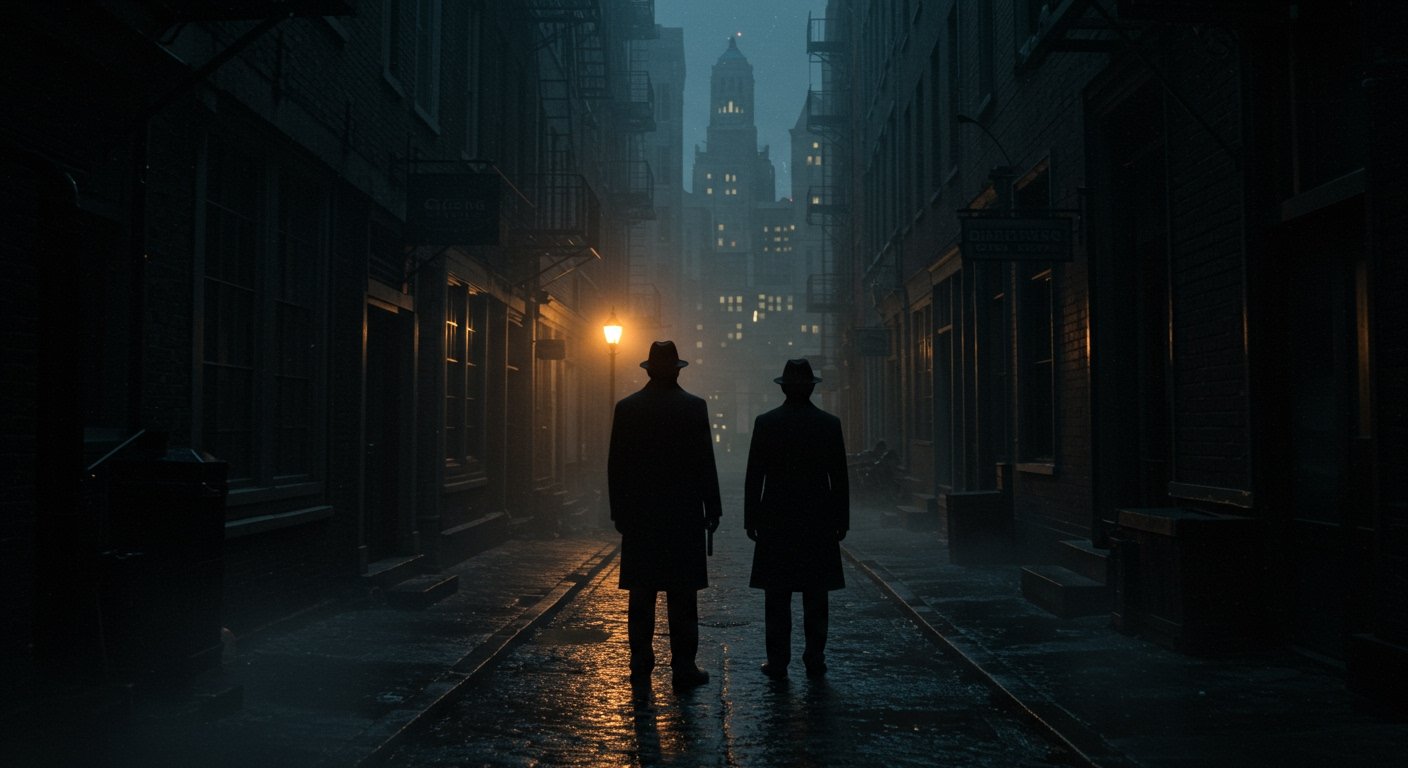In a watershed moment for the entertainment industry, streaming services have officially surpassed the combined viewership of broadcast and cable television for the first time in U.S. history. According to Nielsen’s latest monthly report of The Gauge, released in May 2025, streaming accounted for a dominant 44.8% of total television usage. This monumental shift narrowly edged out the collective share of traditional linear TV, with broadcast securing 20.1% and cable 24.1%, totaling 44.2% of viewership during the measurement period from April 28 to May 25.
This landmark achievement coincides with the four-year anniversary of Nielsen’s The Gauge, a crucial industry benchmark launched in May 2021 to track evolving audience viewing habits. The data unequivocally illustrates a dramatic acceleration in the transition from scheduled programming to on-demand digital consumption.
The Accelerated Digital Ascent
The trajectory leading to this tipping point has been steep and consistent. Since The Gauge’s inception in May 2021, streaming usage has surged by an impressive 71%. In stark contrast, broadcast viewing has declined by 21%, and cable has seen a significant drop of 39% over the same four-year period. This sustained migration reflects consumers’ growing preference for the convenience, vast content libraries, and personalized experiences offered by streaming platforms. The rapid expansion of streaming content, including new movies and series, has made it the primary choice for many households.
Nielsen CEO Karthik Rao highlighted the industry’s successful adaptation, noting that media companies have deftly adjusted their programming strategies to meet viewers across both streaming and linear platforms. This adaptability has been key as the content landscape continues to evolve at a fast pace.
Leading the Streaming Revolution
Several key players have been instrumental in driving this trending shift in television consumption. YouTube Main (excluding YouTube TV) has demonstrated remarkable growth, solidifying its position as the top individual streamer. In May 2025, YouTube’s share climbed to an all-time high of 12.5% of all television viewing, representing an increase of over 120% since 2021.
Netflix, a pioneer in the streaming space, continues to be the leading subscription video-on-demand (SVOD) provider, maintaining its top spot for four consecutive years. Its viewership has risen by 27% since May 2021, securing a 7.5% share in May 2025. A notable highlight for Netflix was its foray into live sports, with two exclusive NFL live streams on Christmas Day 2024. These games generated massive audiences, averaging over 24 million U.S. viewers each and reaching a combined unduplicated audience of nearly 65 million, marking the biggest day in streaming history for live sports.
Other major platforms contributing to streaming’s dominance include Disney platforms (Hulu, Disney+, and ESPN+), which collectively accounted for approximately 5% of viewership, and Amazon’s Prime Video, holding a 3.5% share.
Moreover, the rise of Free Ad-Supported Streaming TV (FAST) services, such as Pluto TV, The Roku Channel, and Tubi, is a significant part of this news. These platforms combined for a robust 5.7% of TV viewing in May, surpassing the share of any individual broadcast network. This indicates a growing appetite among consumers for ad-supported tiers, and importantly, over 70% of FAST content has been produced since 2010, demonstrating that these services are no longer solely reliant on older programming.
Implications for the Media Landscape
This pivotal shift carries profound implications for the entire media ecosystem. Traditional broadcast and cable networks face increasing pressure to adapt their strategies as advertising revenue, historically tied to linear viewership, declines. Advertisers are increasingly adjusting their spending to follow audiences onto streaming platforms, especially as FAST services and ad-supported SVOD tiers continue to grow.
While May’s numbers might be partly influenced by seasonal factors, such as the off-season for major linear sports events, Nielsen indicates that this milestone points to a more permanent transformation in consumption habits. The ability of streaming services to cater to niche audiences, alongside mass-appeal movies and television series, challenges the traditional broad-reach model, pushing content creators and distributors to innovate in how they produce and deliver content.
The Future of Television
Experts widely anticipate that streaming usage will continue its upward climb as more consumers embrace ‘cord-cutting’ and ‘cord-neveing’ behaviors. While traditional TV has shown surprising resilience despite its decline, particularly in areas like live news and certain sports broadcasts, the trajectory is clear: the future of television is overwhelmingly digital.
This historic Nielsen report confirms that the streaming era has fully arrived, fundamentally reshaping how audiences engage with their favorite programming. The industry will undoubtedly continue to navigate the complexities and opportunities presented by this new digital-first landscape, driven by evolving consumer preferences and technological advancements.




